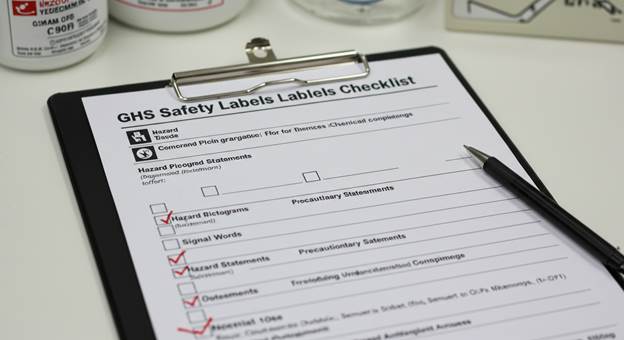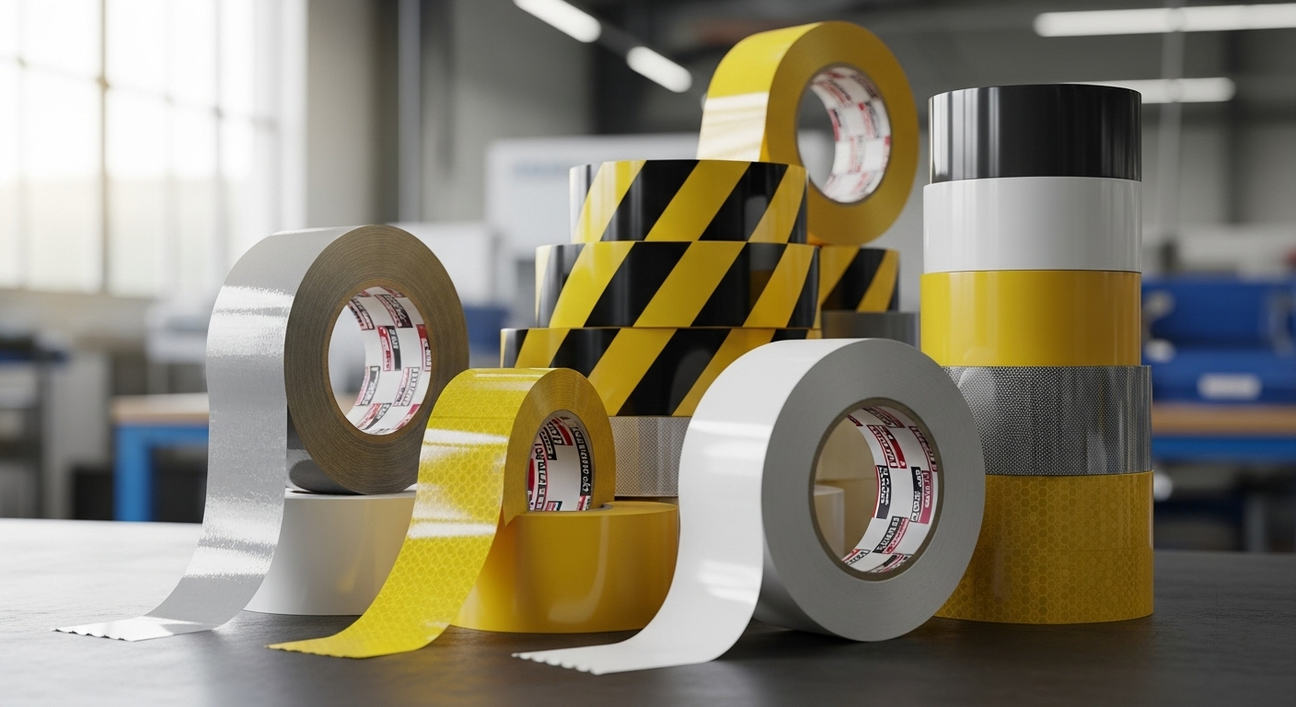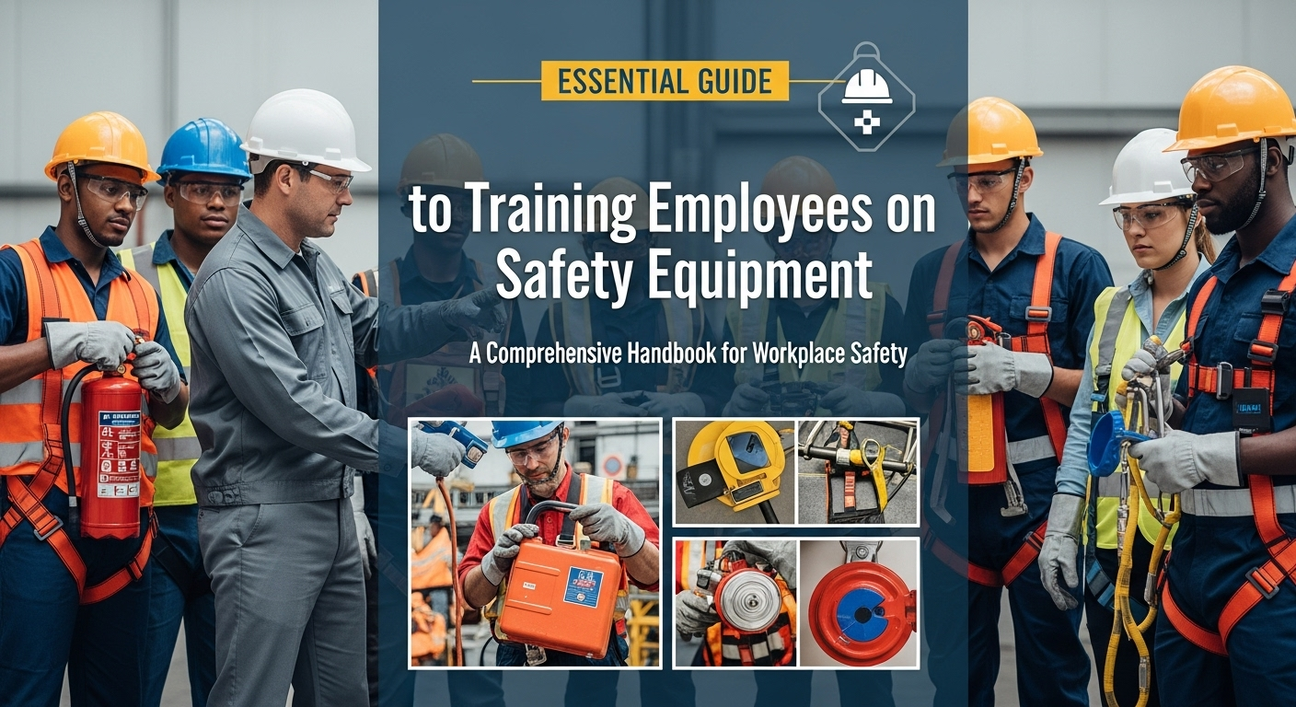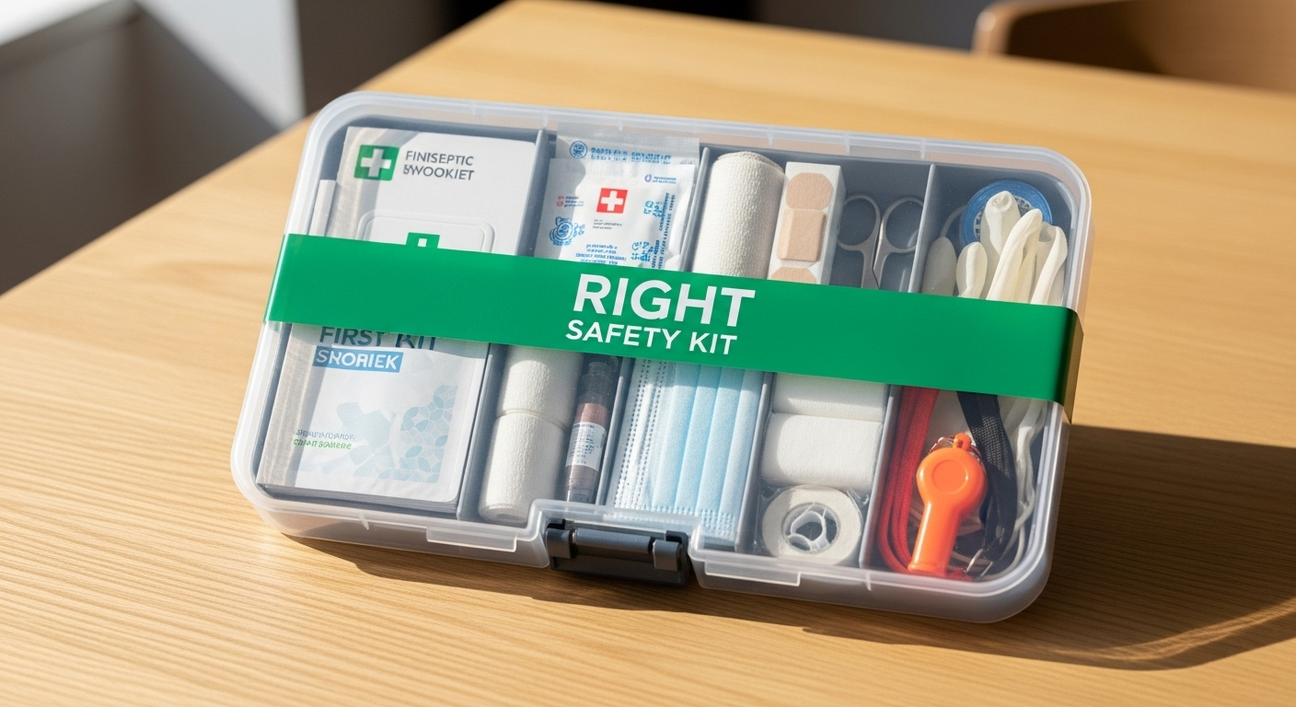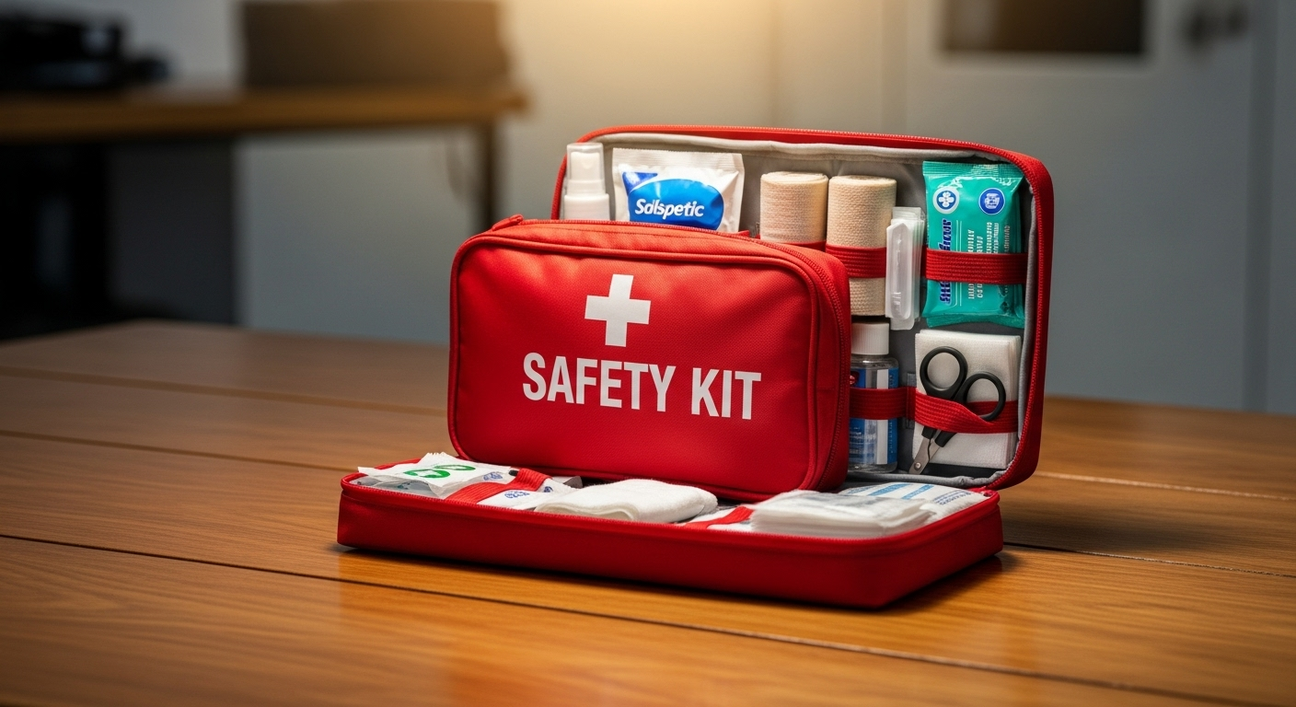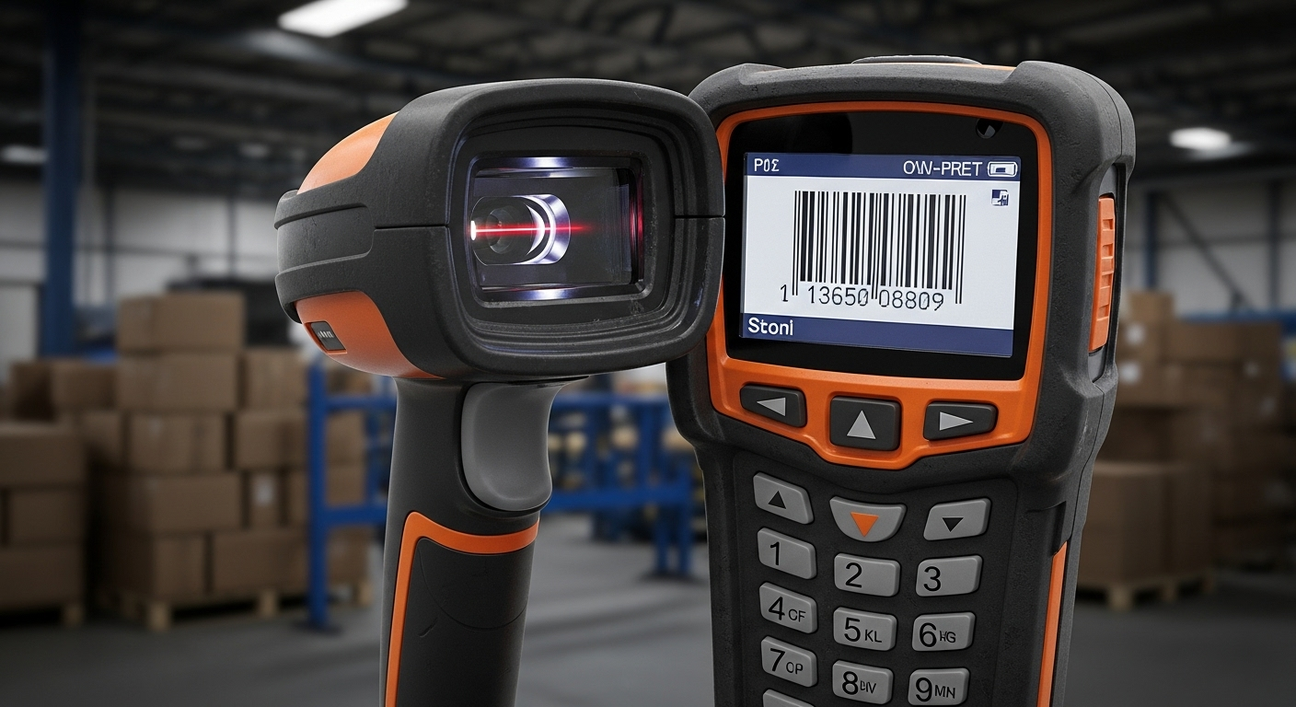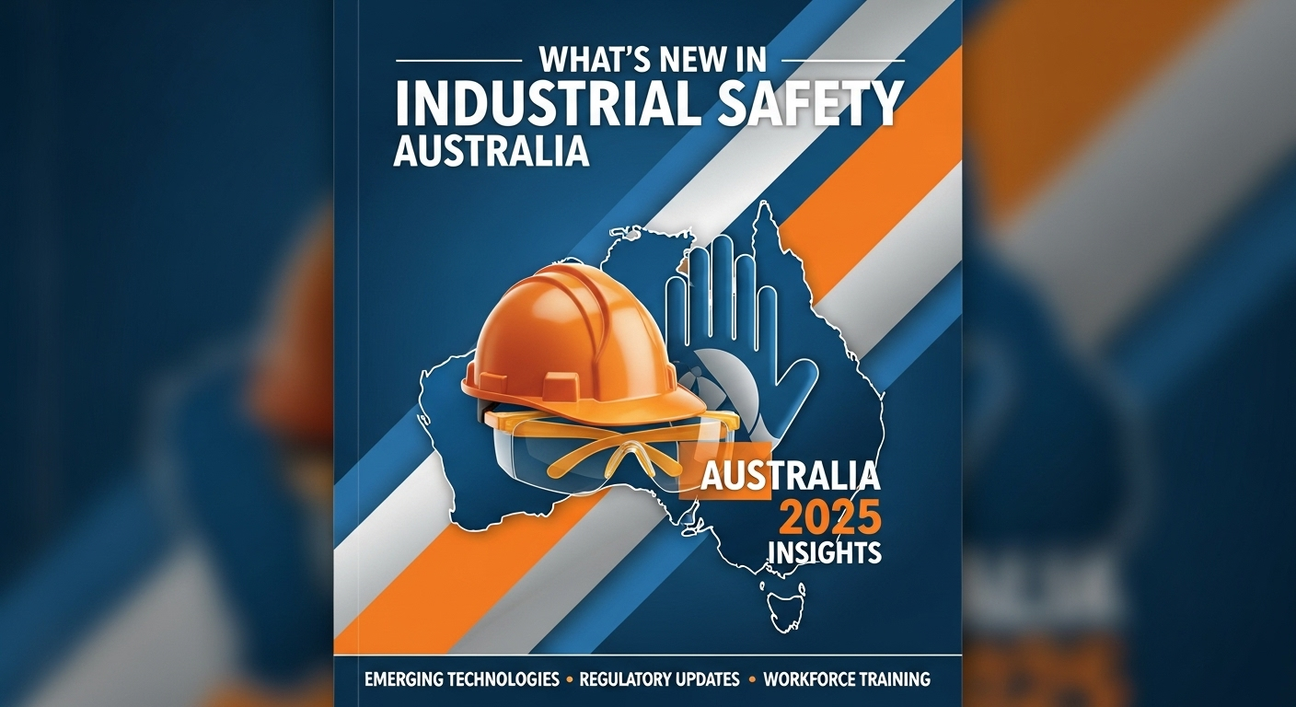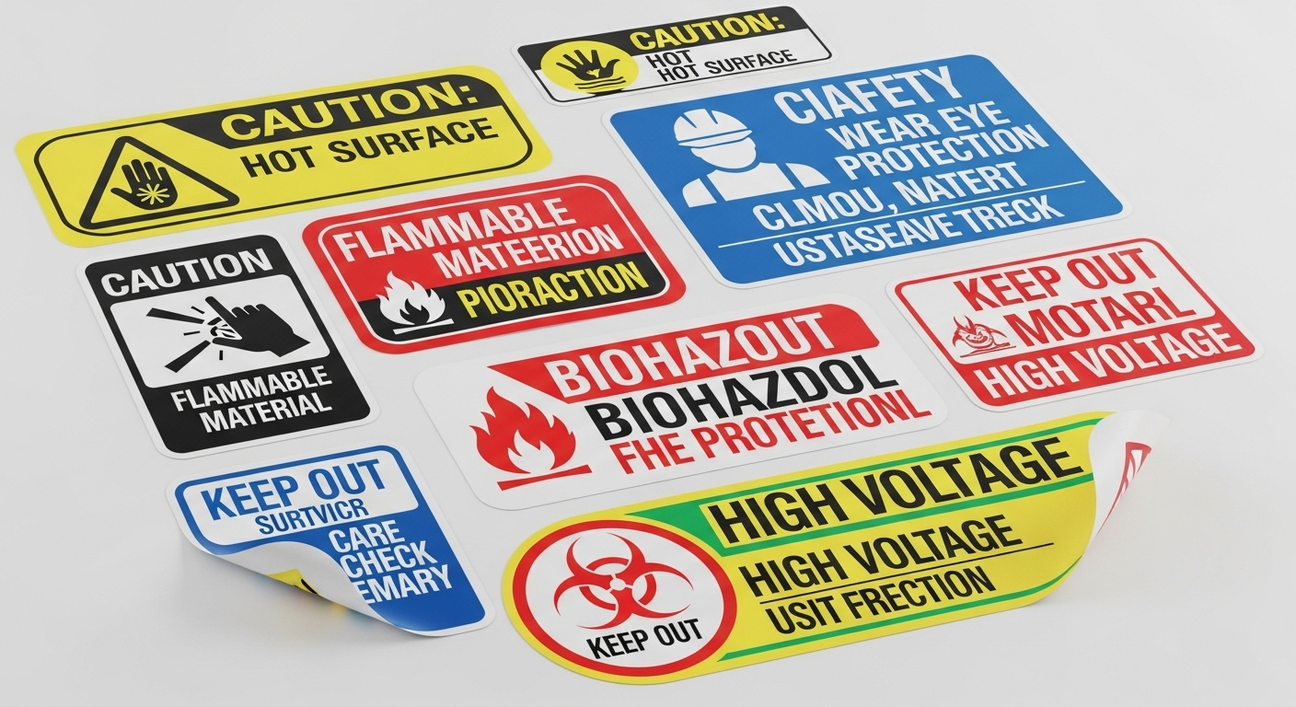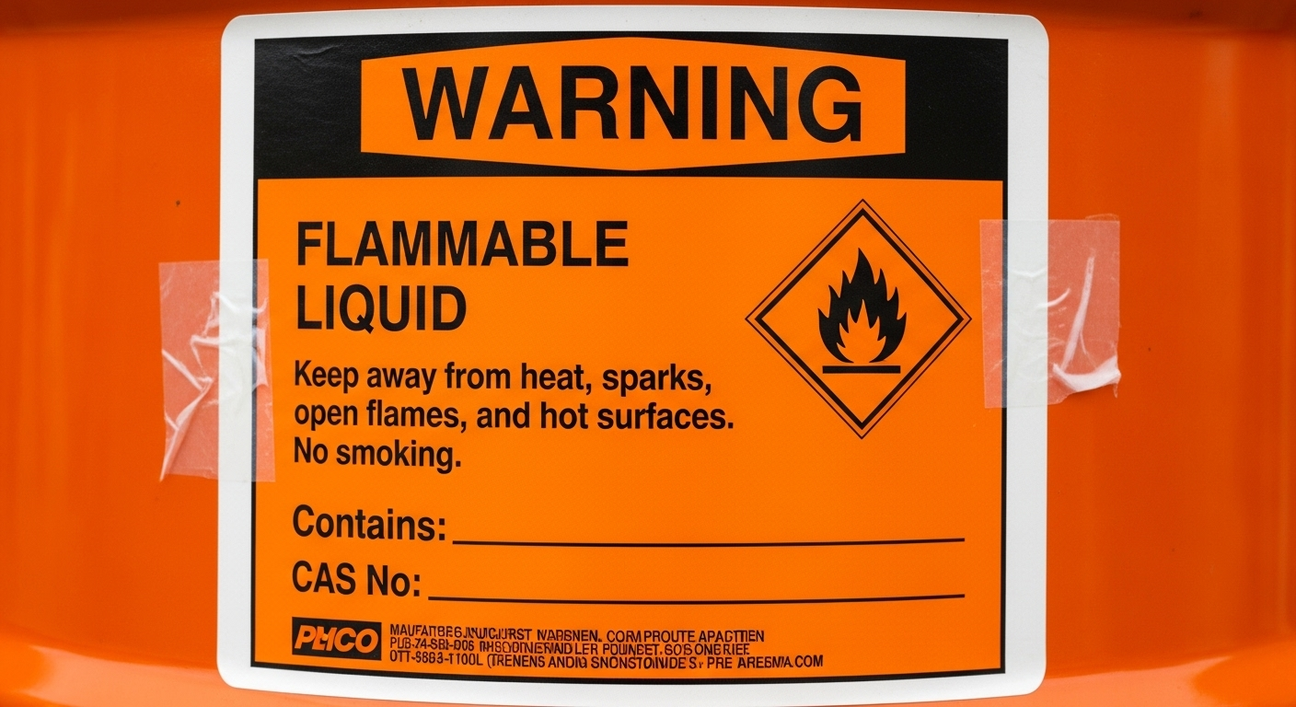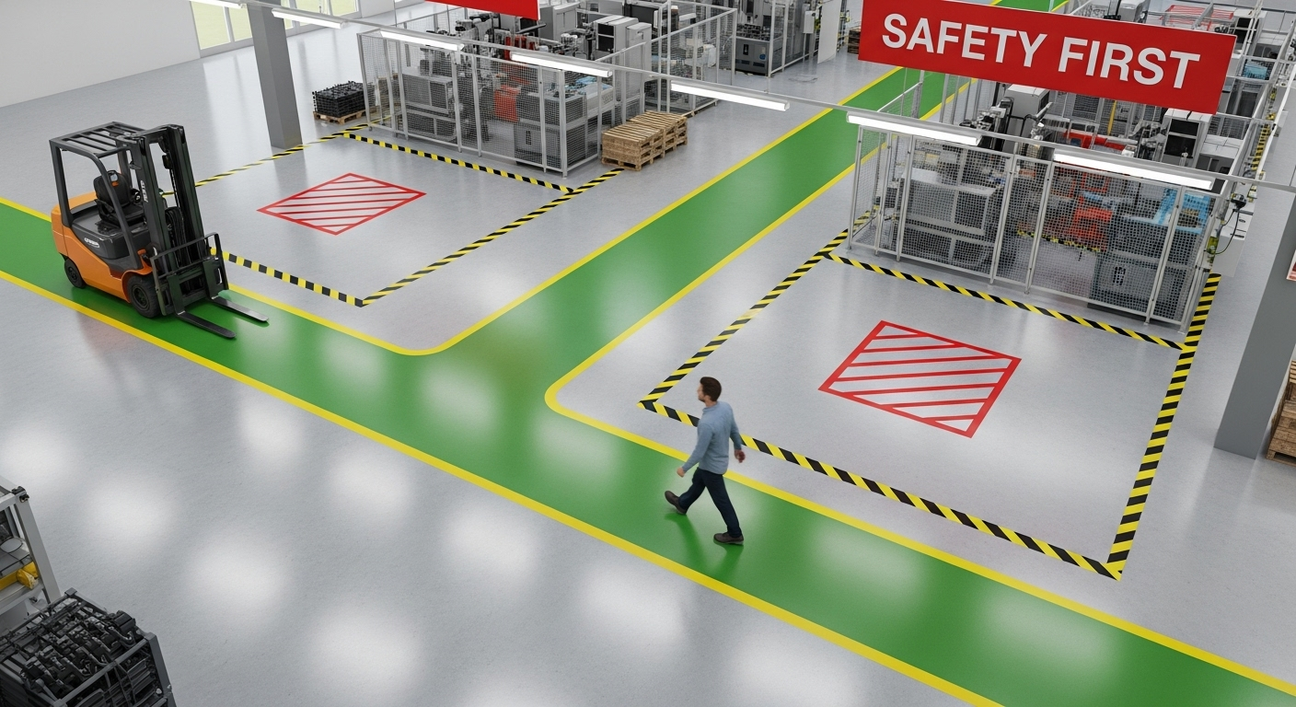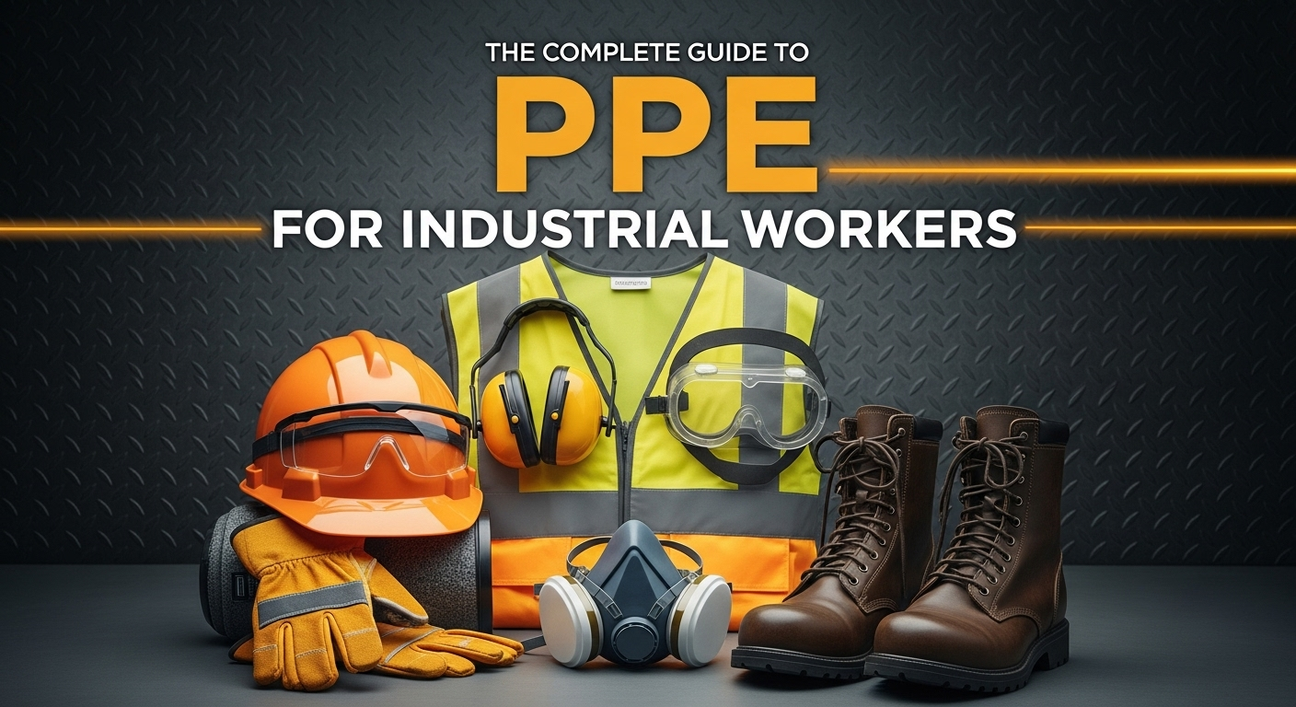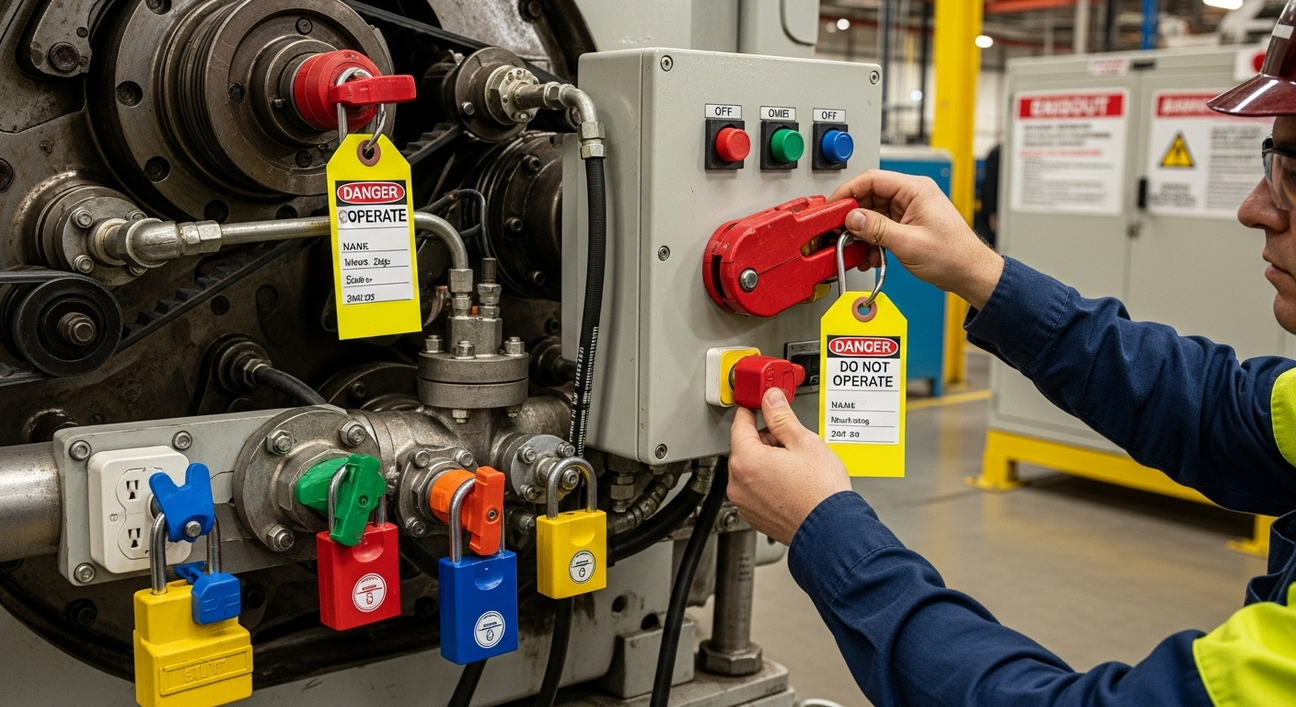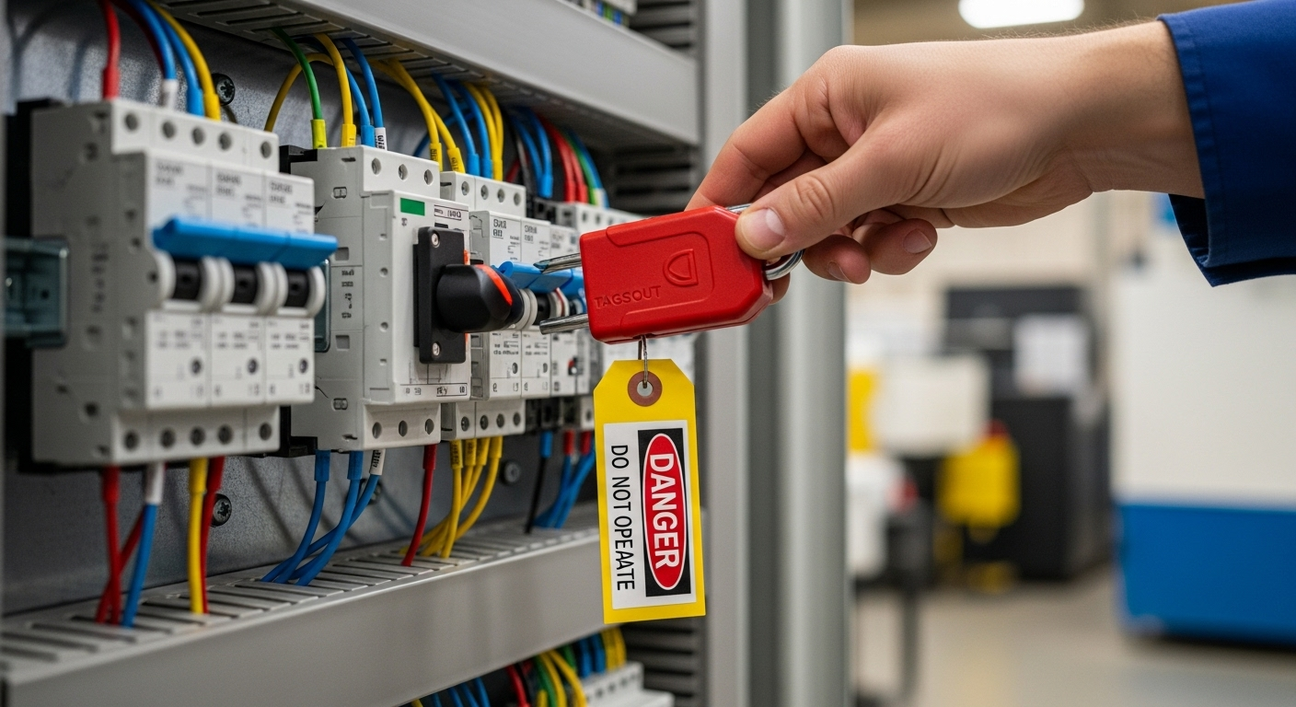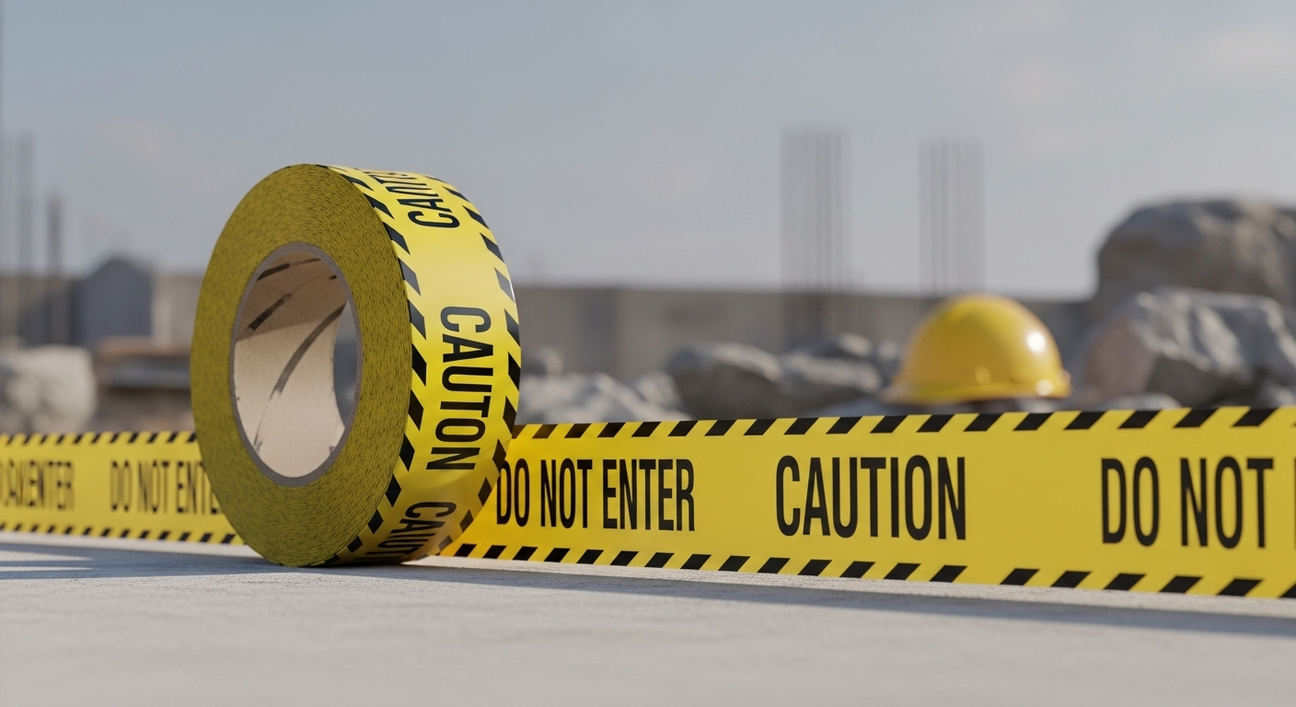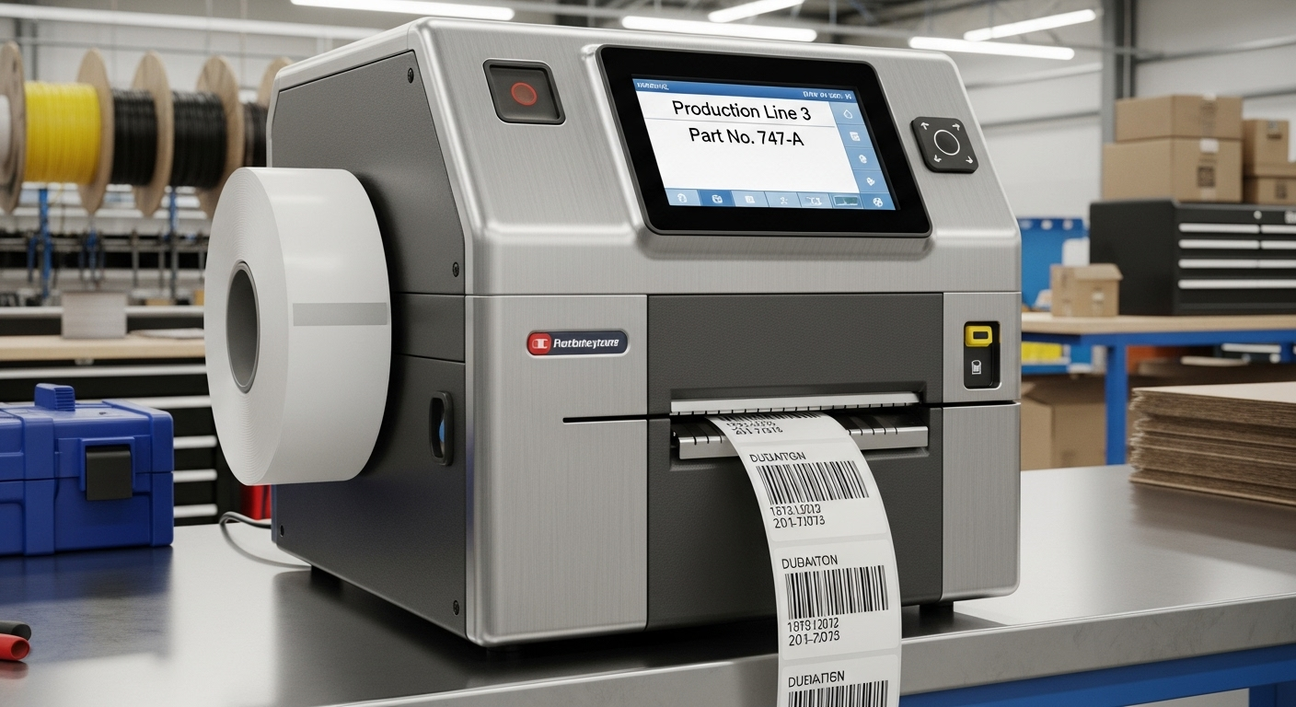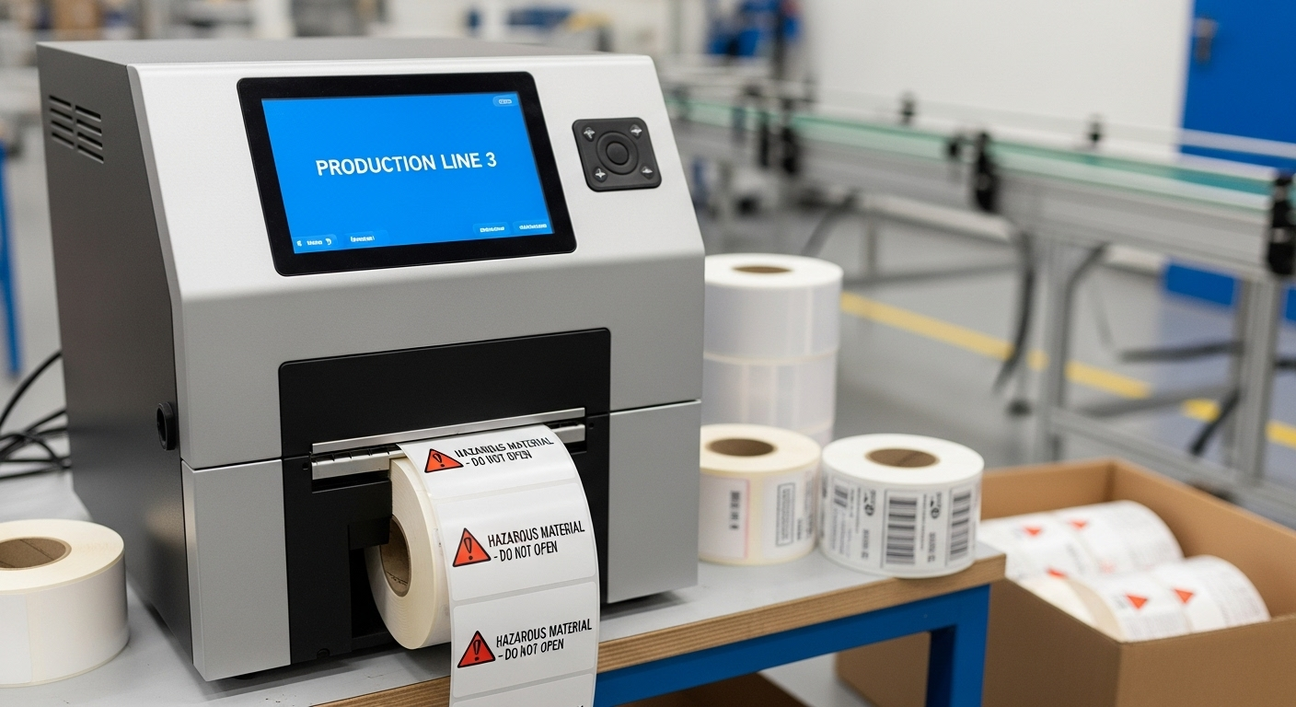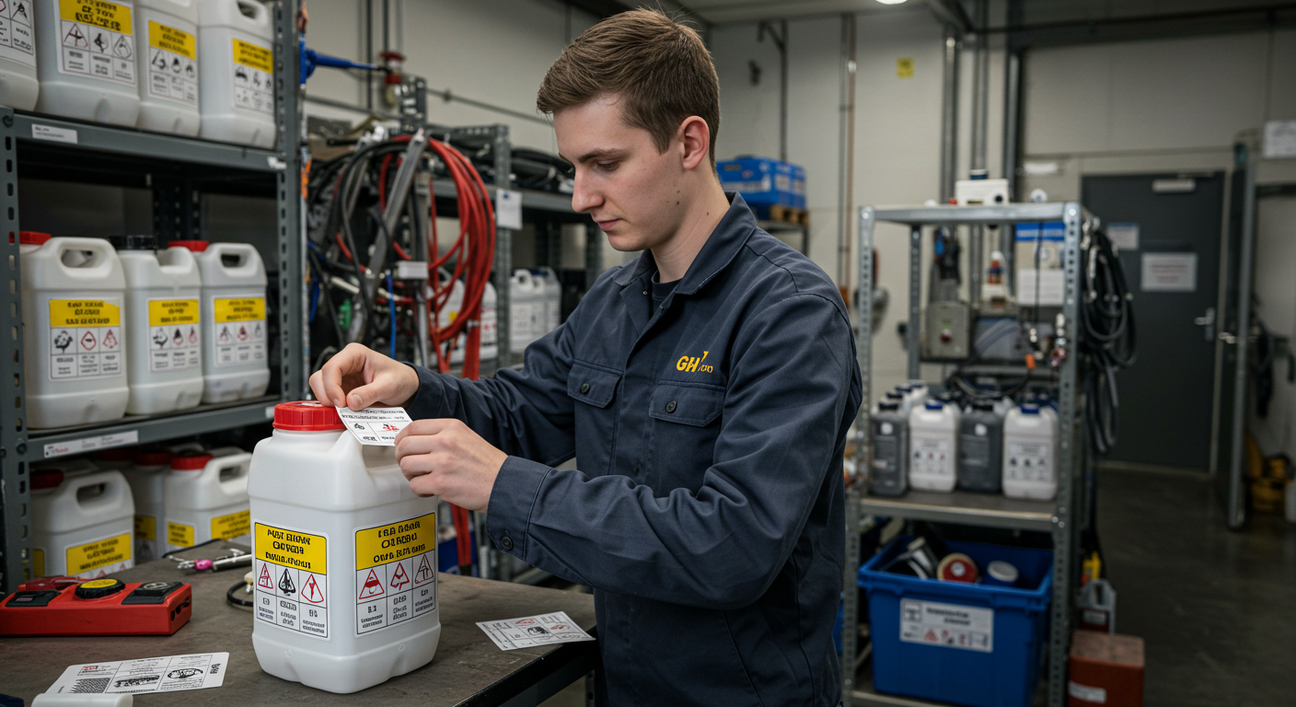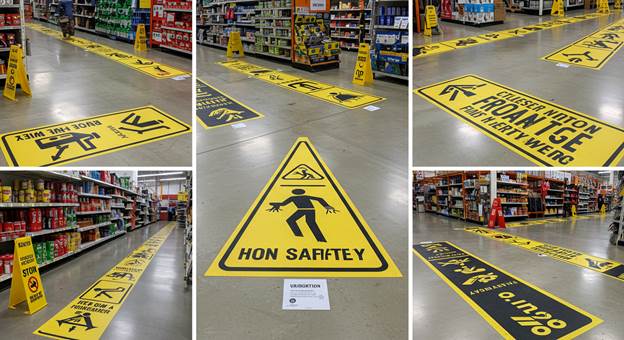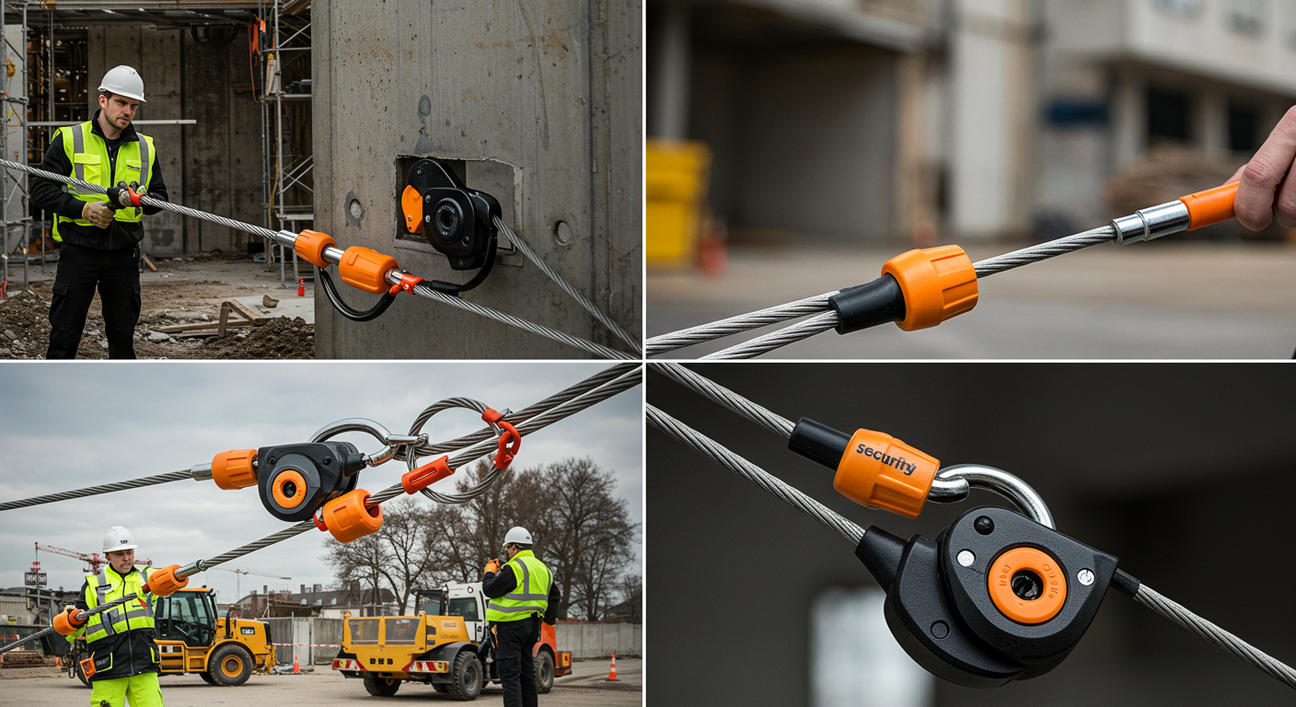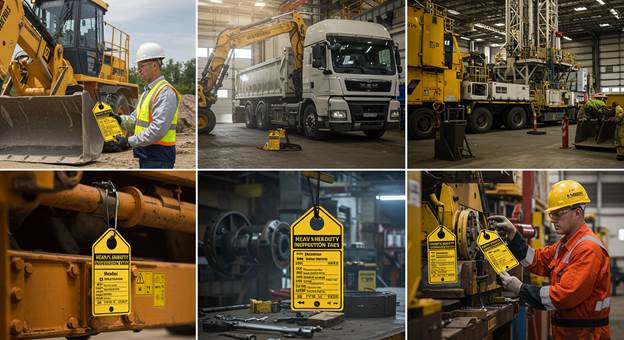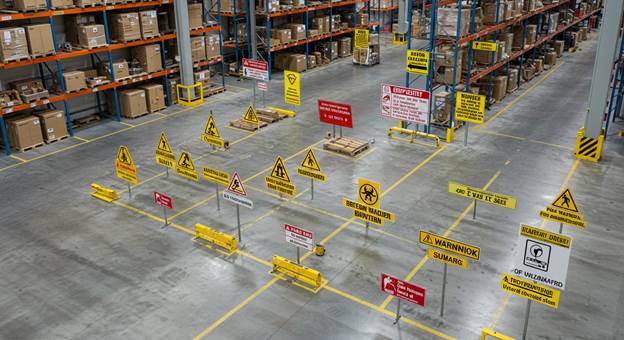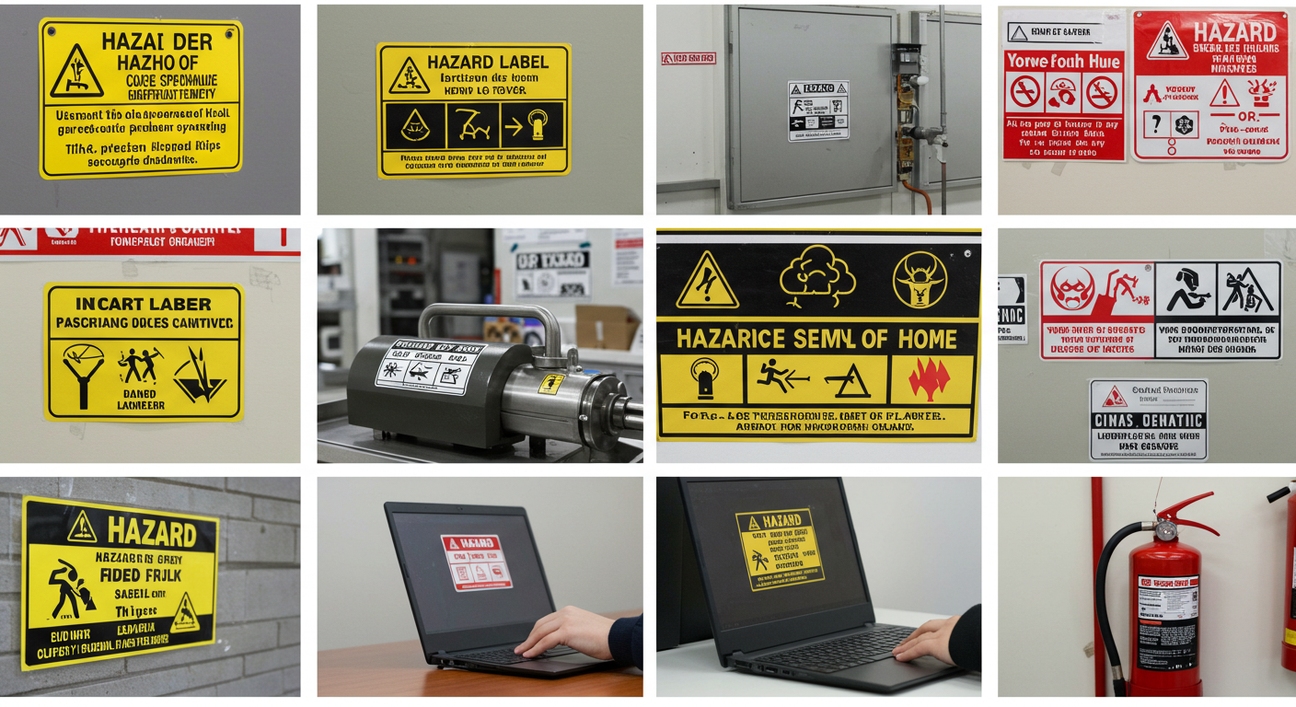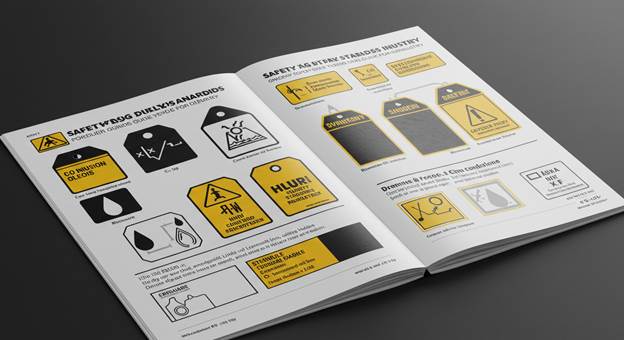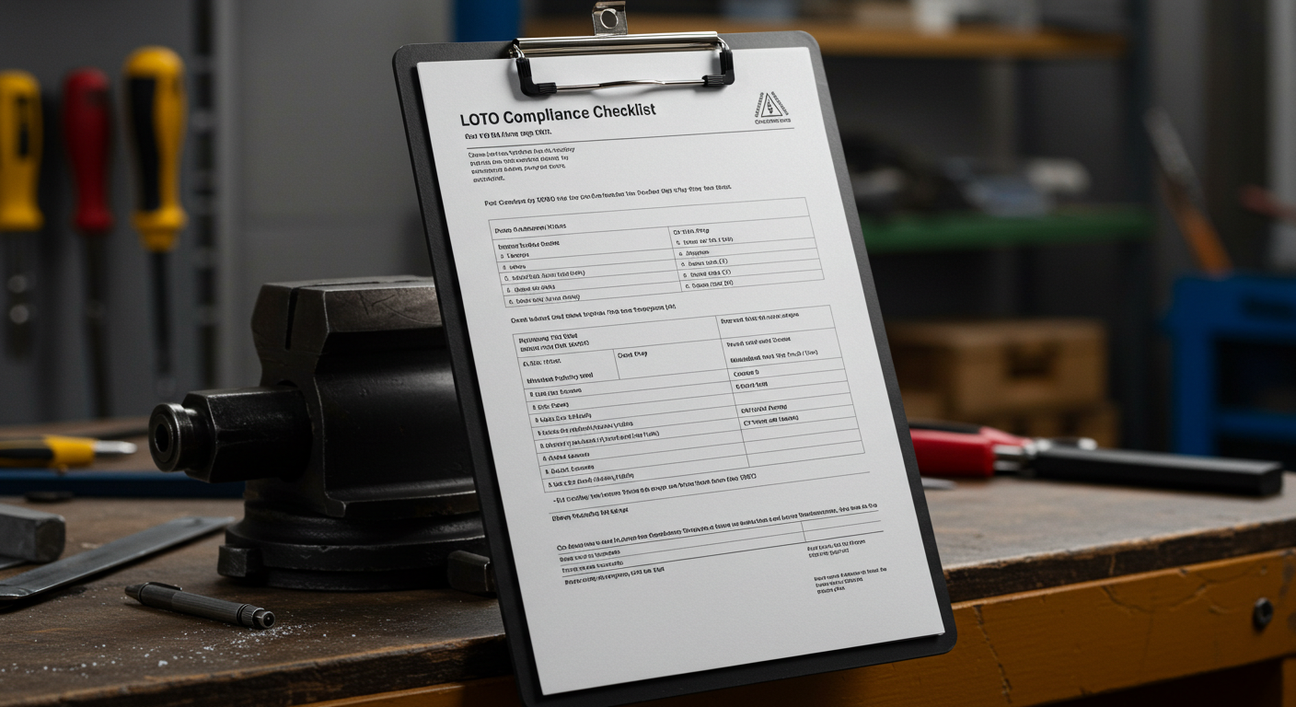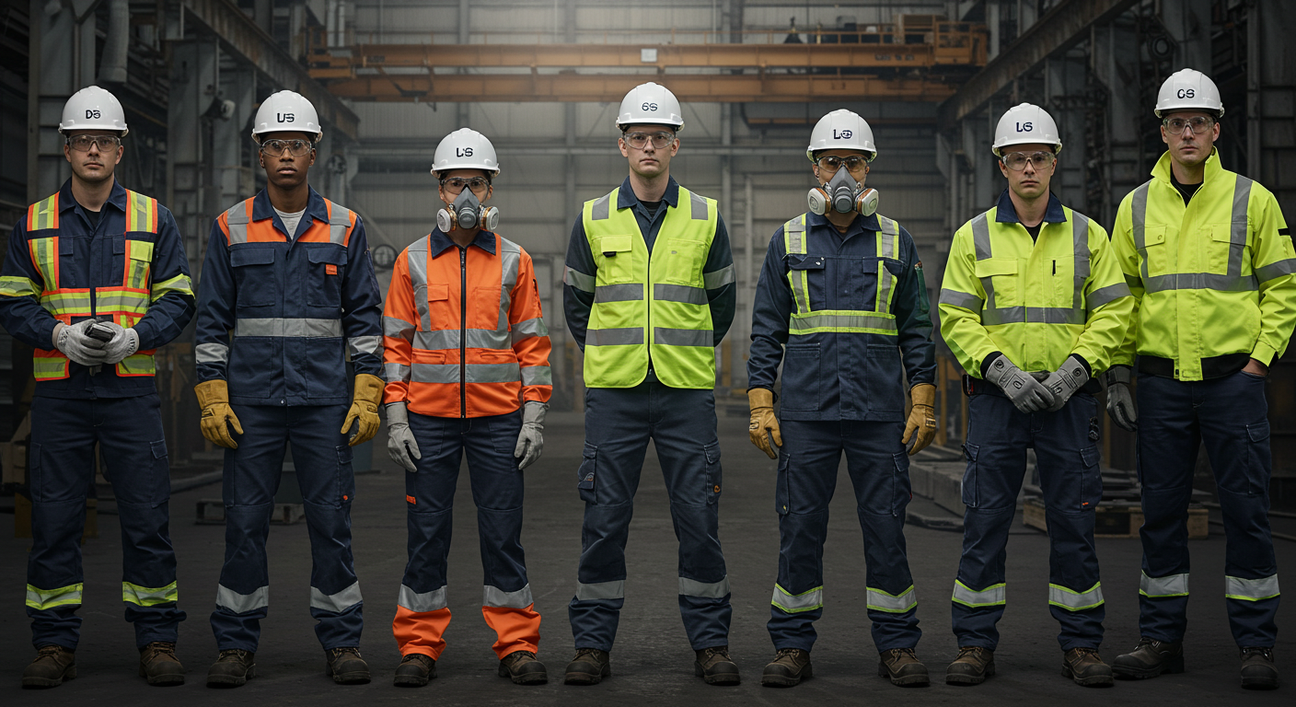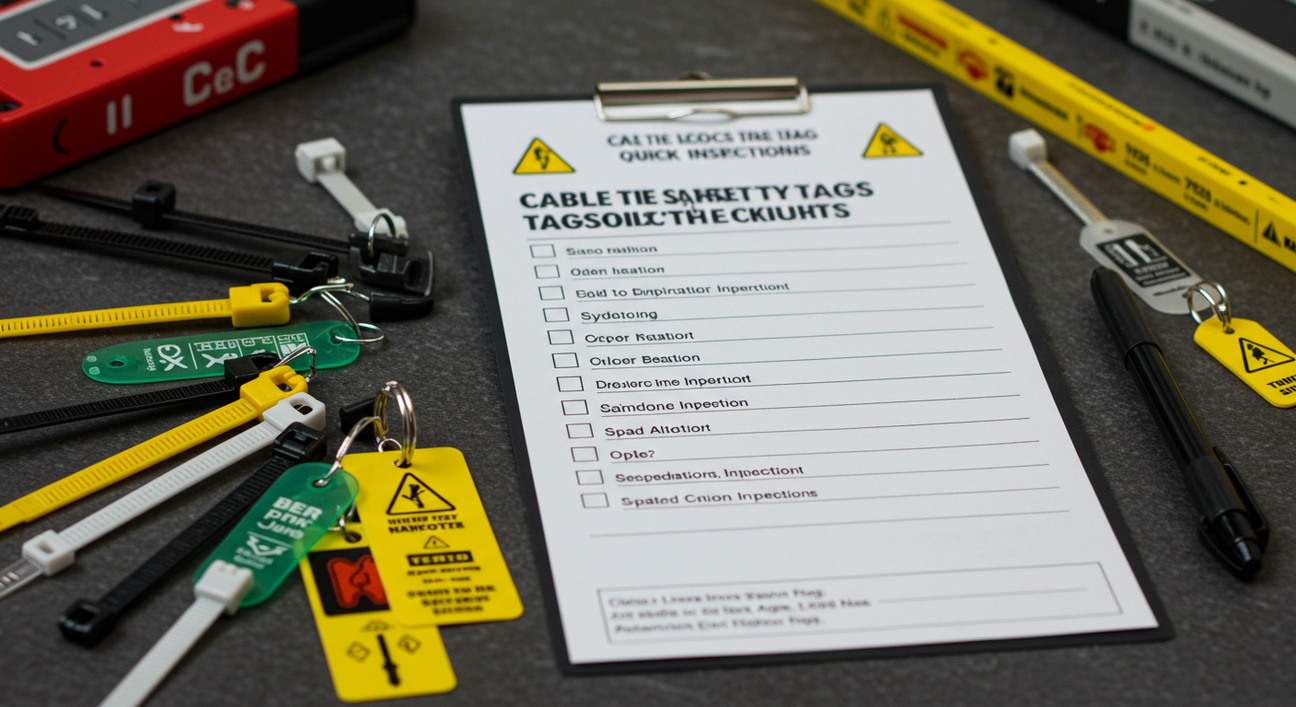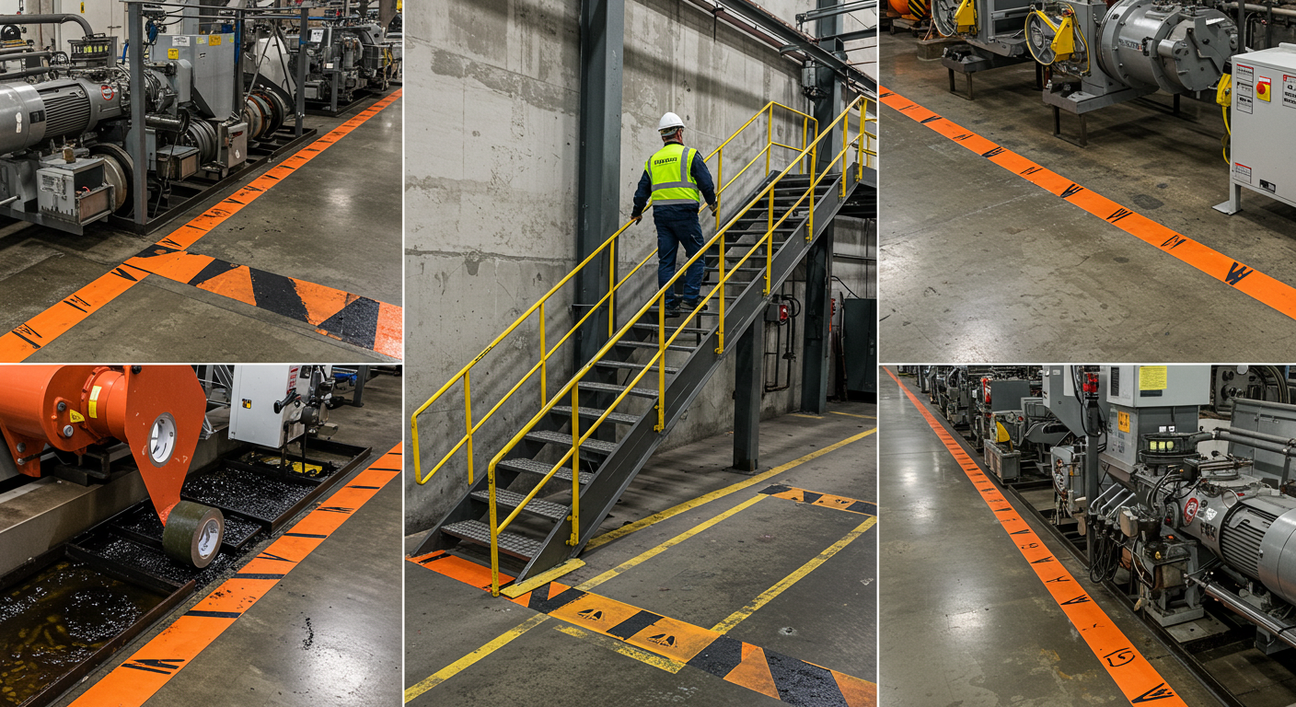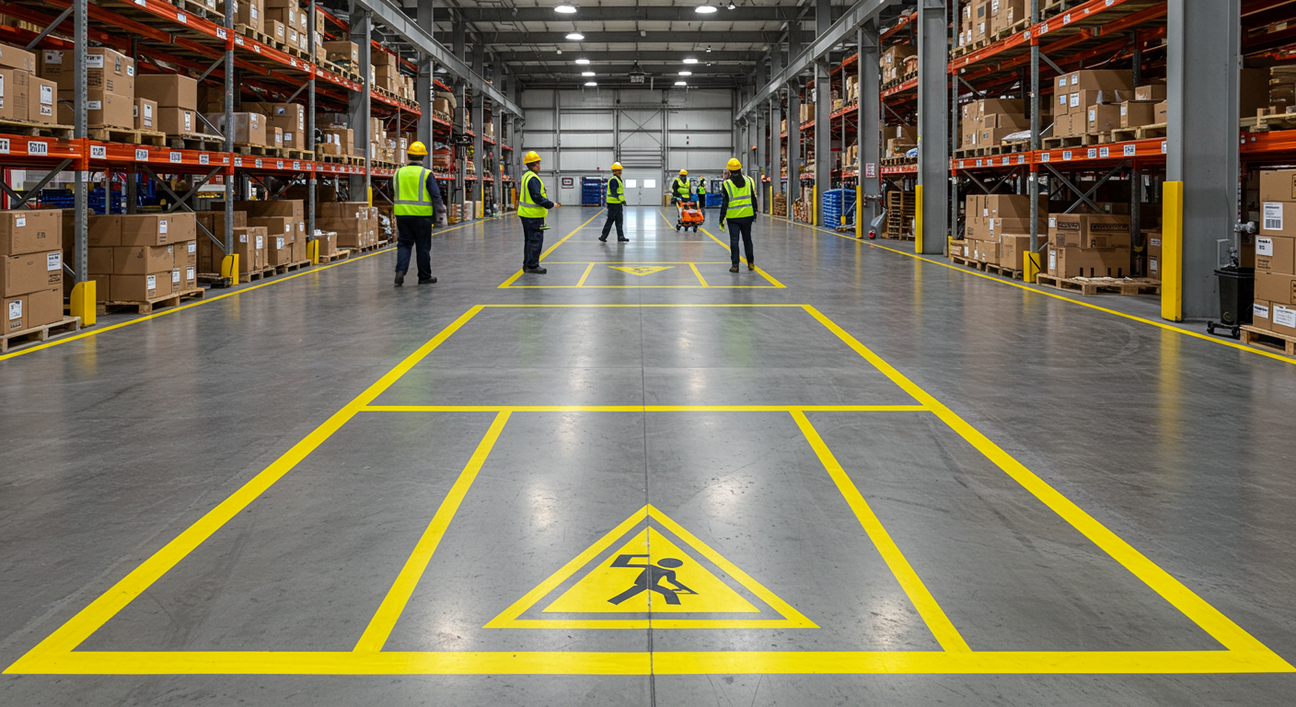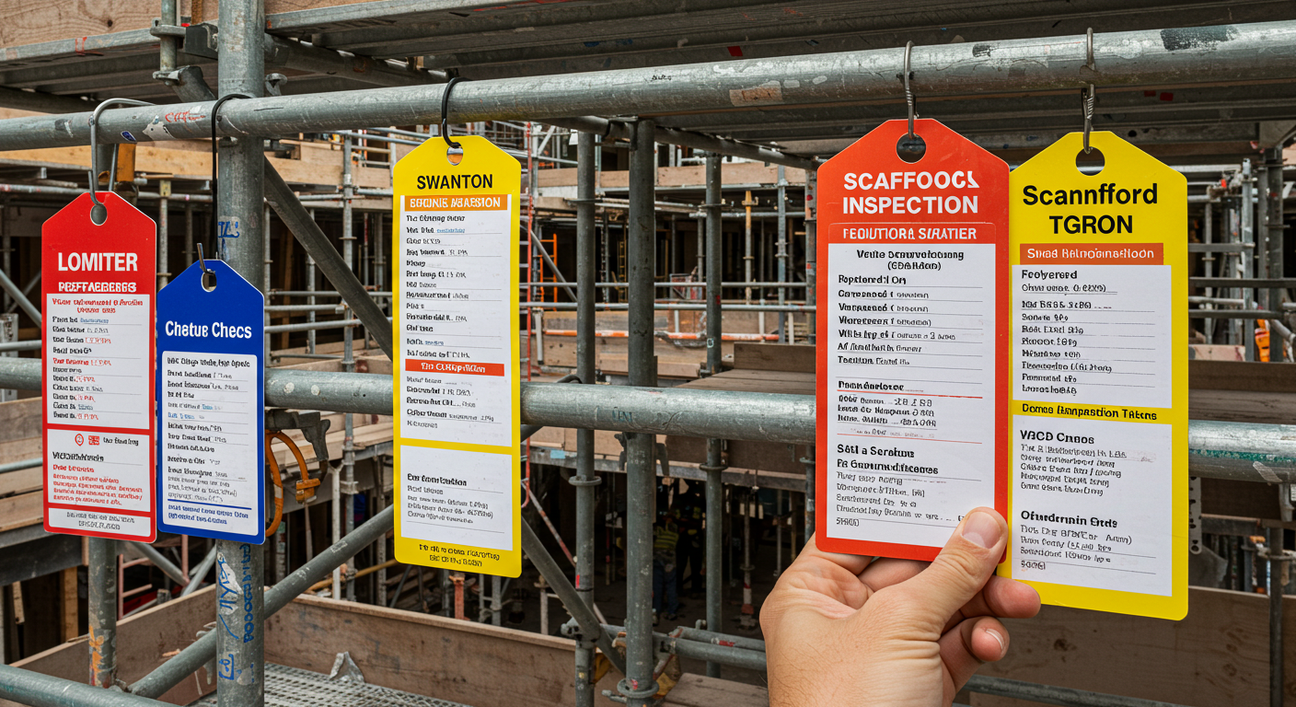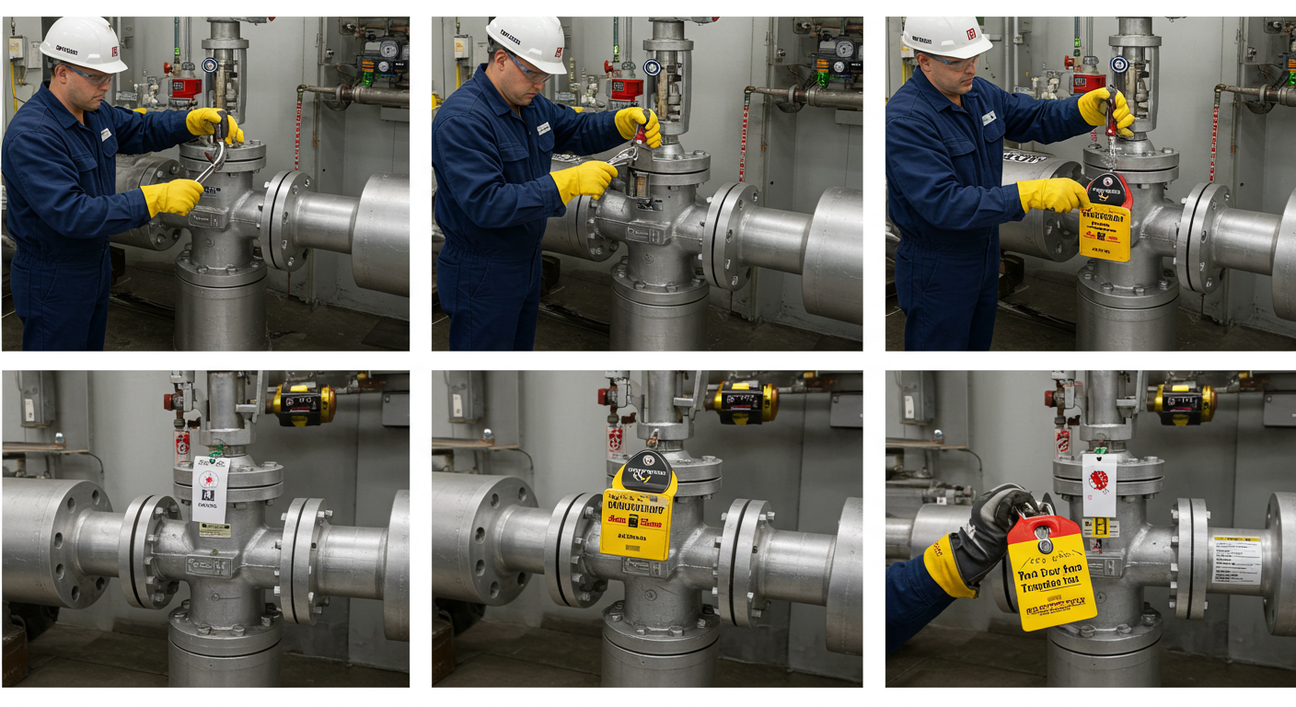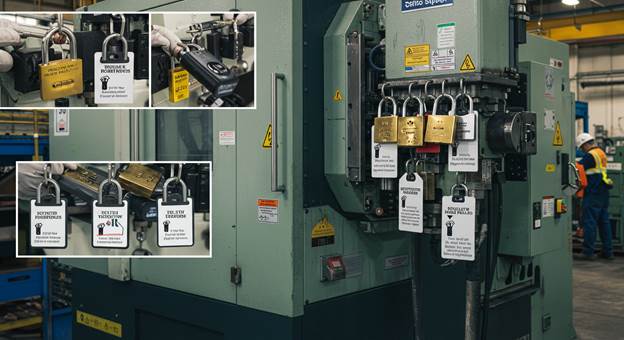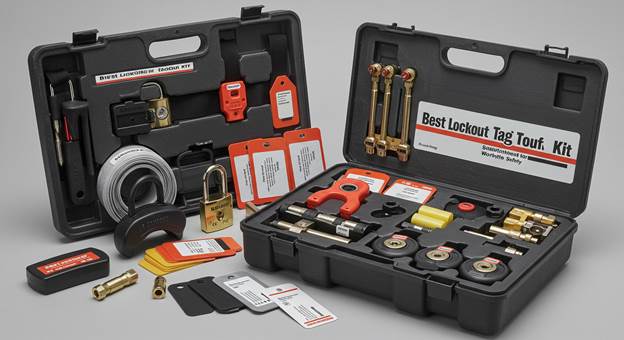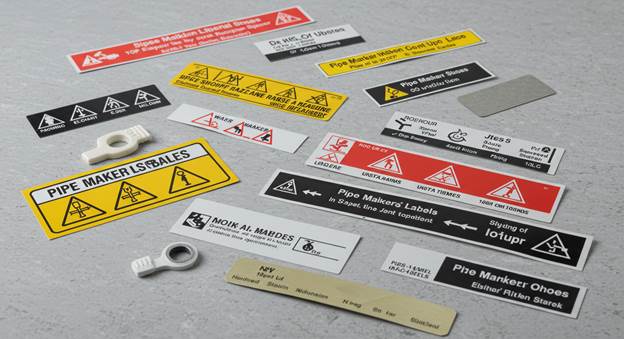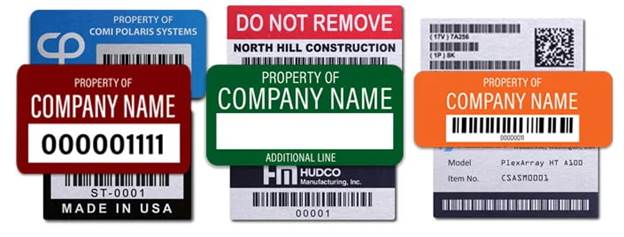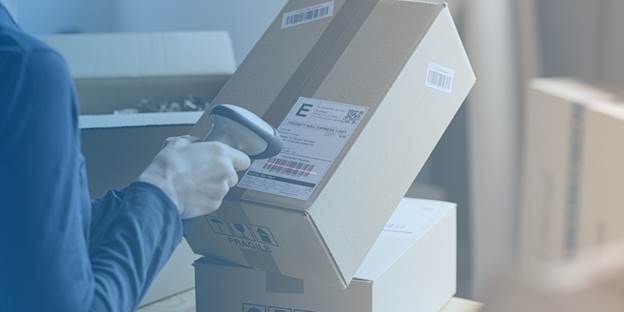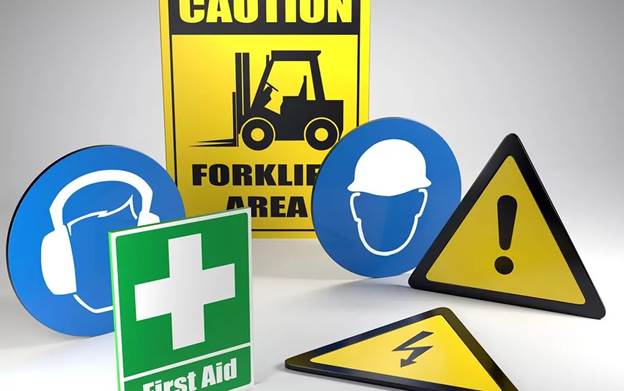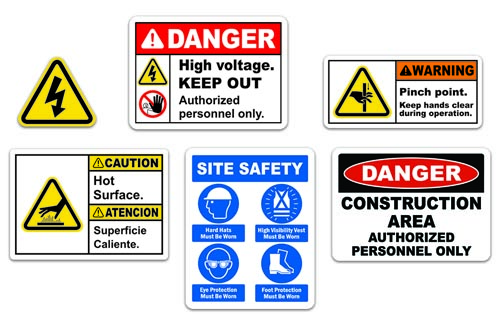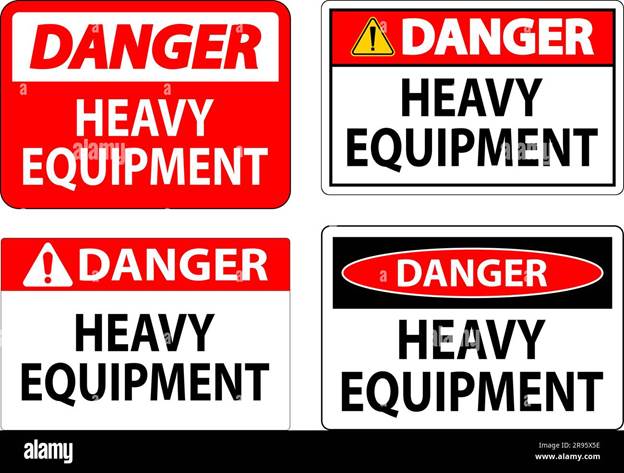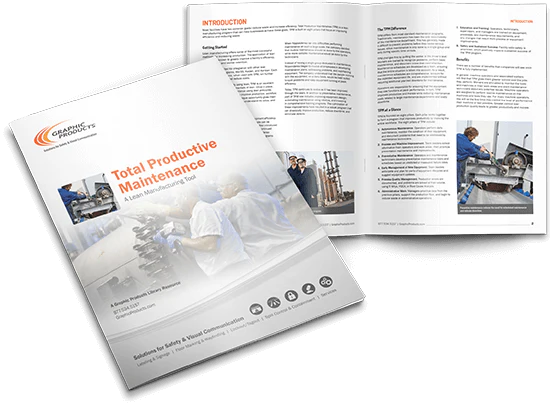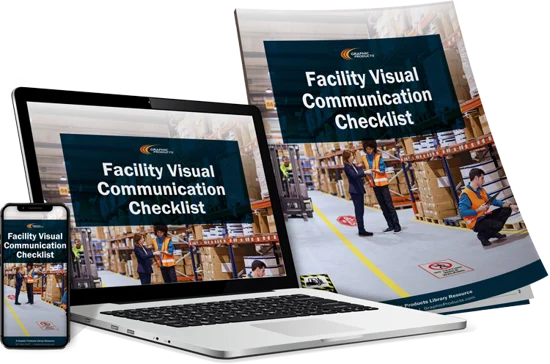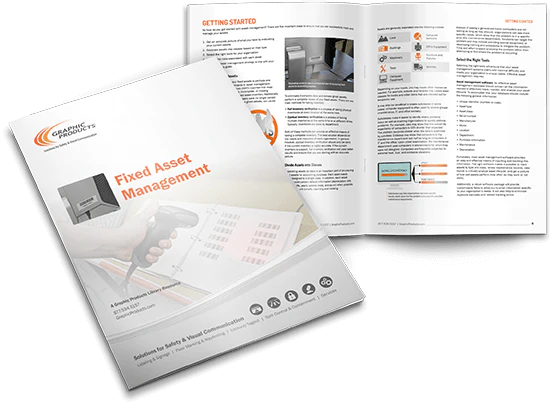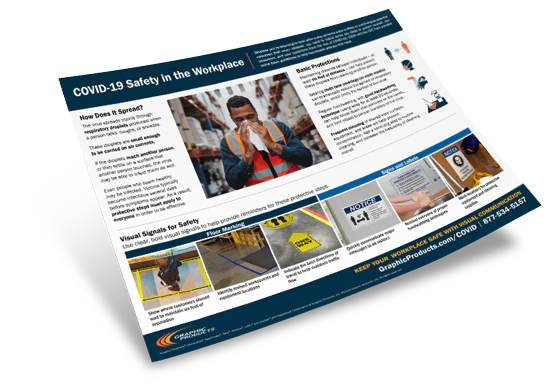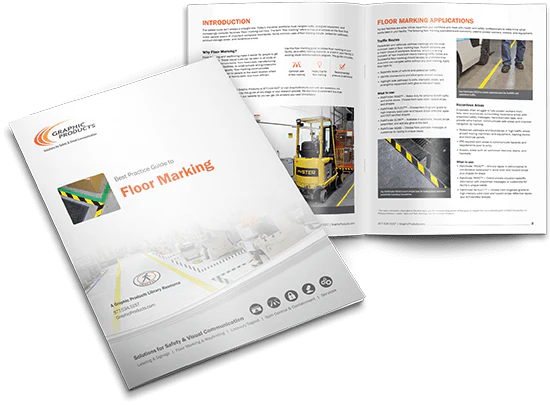GHS Safety Labels Checklist for Chemical Compliance
1. Introduction: Why GHS Safety Labels Matter in Chemical Management
When managing chemicals, ensuring safety starts with clear identification. This is where GHS safety labels come into play. These labels help everyone—from workers to emergency responders—instantly recognize chemical hazards, reducing the risk of accidents, exposure, or mismanagement.
At Archford, a trusted name in industrial safety across Australia, you’ll find a wide range of compliant labeling solutions tailored to GHS requirements. Their high-durability products and expert guidance make them the perfect partner for safety-conscious businesses.
2. Understanding GHS: What It Is and Why It’s Mandatory
The Globally Harmonized System (GHS) is an international framework developed by the UN to unify the classification and labeling of chemicals. It ensures a universal language of hazard communication, especially useful in workplaces with multicultural teams.
Each GHS label includes a signal word, hazard pictogram, hazard statement, and precautionary statements. Employers must stay compliant with GHS regulations under Australian workplace safety laws, making these labels a legal and moral necessity.
3. Types of GHS Safety Labels You Need to Know
GHS labels come in several essential forms, each with a specific function:
-
Chemical labels for containers and drums
-
Hazard labels featuring signal words like “Danger” or “Warning”
-
GHS tags for temporary containers or lab samples
-
Combination labels that provide full hazard details in one layout
Each type helps create a safe and accountable workplace by communicating the chemical’s risks and safe handling instructions.
4. The Ultimate GHS Safety Labels Checklist for Compliance
To meet all compliance needs, make sure each label includes:
-
Pictograms aligned with the correct chemical classification
-
Signal word (Warning/Danger)
-
Hazard and precautionary statements
-
Supplier identification
-
Legibility from a reasonable distance
-
Proper label material for the environment
-
Accurate size for container visibility
This Australian GHS label checklist ensures your site meets legal standards and supports worker safety.
5. Label Design Tips: Making GHS Labels Easy to Read and Understand
An effective label is easy to see, read, and understand at a glance. Here’s how to enhance label design:
-
Use high-contrast colors
-
Make sure pictograms are not cluttered
-
Choose durable materials for chemical-resistant labels
-
Label orientation should match how the container is stored
-
Avoid using small fonts—6pt minimum is recommended
If you're looking for customization help, Archford also offers personalized options that align with GHS guidelines.
6. GHS Labels Placement Guide: Where and How to Apply Them
A GHS labels placement guide helps avoid errors in application. Labels must be:
-
Applied on the main body of the container
-
Facing outward and unobstructed
-
Flat with no bubbles or folding
-
Secure even in cold, hot, or wet environments
Placement impacts visibility and effectiveness. Always refer to the manufacturer's safety sheet for proper positioning.
7. Top Mistakes to Avoid When Using GHS Labels
Mistakes in labeling can lead to compliance failures or workplace incidents. Avoid these common errors:
-
Using outdated or generic labels
-
Incorrect or missing hazard information
-
Labels that fade, peel, or smudge
-
Applying labels on dirty or oily surfaces
-
Overlapping multiple labels, causing confusion
Routine inspections will help ensure your labels remain clear and effective.
8. Where to Get GHS Templates for Your Workplace
Looking to streamline your label printing? Many businesses ask: Where to get GHS templates? You can download editable and compliant templates from safety organizations, but for reliable and easy-to-use formats, Archford offers pre-printed and customizable options, saving you time while ensuring compliance.
9. Where to Buy Reliable GHS Safety Labels in Australia
Not all labels are created equal. If you want top-tier quality that lasts in harsh environments, Archford is your go-to. Their Safety Labels collection includes weatherproof, chemical-resistant options suitable for various industries.
Archford ensures that every product is tested for durability, complies with Australian standards, and is available for fast shipping.
10. How Archford Helps You Stay Compliant with Safety Labeling
Beyond products, Archford provides:
-
In-depth guides and blog resources
-
Customization and label printing services
-
Access to industry-specific labels like GHS labels and pipe markers
-
Expert customer service for consultation and ordering
Their blend of product quality and compliance support makes them an invaluable resource for industries across Australia.
11. Expert Tips: Maintaining and Inspecting Your GHS Labels Regularly
To ensure your labels continue performing their safety function:
-
Perform a monthly label audit
-
Replace labels that are faded or damaged
-
Store unused labels in a dry, cool place
-
Train workers to recognize labeling issues
-
Keep a record of all updates for auditing purposes
Consistent maintenance improves the lifespan and effectiveness of your labeling system.
Top Labeling and Tagging Tips for Industrial Safety Compliance
|
Tips / Guide Summary |
|
|
Use ANSI/ASME color codes and arrows for clear pipe content and flow identification. |
|
|
Ensure all chemical containers follow GHS pictograms and signal words consistently. |
|
|
Place labels where they’re visible and durable; include signal words like DANGER/CAUTION. |
|
|
Follow Australian GHS standards using appropriate tags, labels, and SDS references. |
|
|
Choose rugged, weatherproof tags that meet ISO or OSHA requirements. |
|
|
Always update scaffold tags post-inspection; use color-coded tags for clarity. |
|
|
Best for mining, construction, and oil & gas where tags endure rough conditions. |
|
|
Tag cables in electrical panels, machinery, and HVAC systems to reduce misidentification. |
|
|
Use floor and wall signs for forklift lanes, exits, and hazard zones. |
|
|
Place near entrances, intersections, and blind spots to enhance worker alertness. |
12. Final Thoughts
Compliant chemical labeling isn’t optional—it’s foundational. With a clear GHS guide, regular checks, and the right supplier, your site can stay safe and audit-ready. Choosing Archford as your go-to partner ensures you’re equipped with durable, compliant, and practical labeling tools that make a difference.
From hazard labels to custom solutions, everything you need is just a few clicks away.
13. FAQs
Q1: What are GHS labels and why are they important?
GHS labels are standardized chemical labels used worldwide to communicate hazard information clearly.
Q2: What is included in a GHS label?
Each label includes signal words, pictograms, hazard/precaution statements, and supplier details.
Q3: Where should I apply GHS labels?
Follow a reliable GHS labels placement guide to apply labels on visible, clean areas of the container.
Q4: Can I use any material for printing GHS labels?
No, it’s best to use vinyl or chemical-resistant materials that won’t peel or fade.
Q5: Where can I find customizable GHS label templates in Australia?
Visit Archford for downloadable and printable templates, or explore their full Safety Labels range here.

